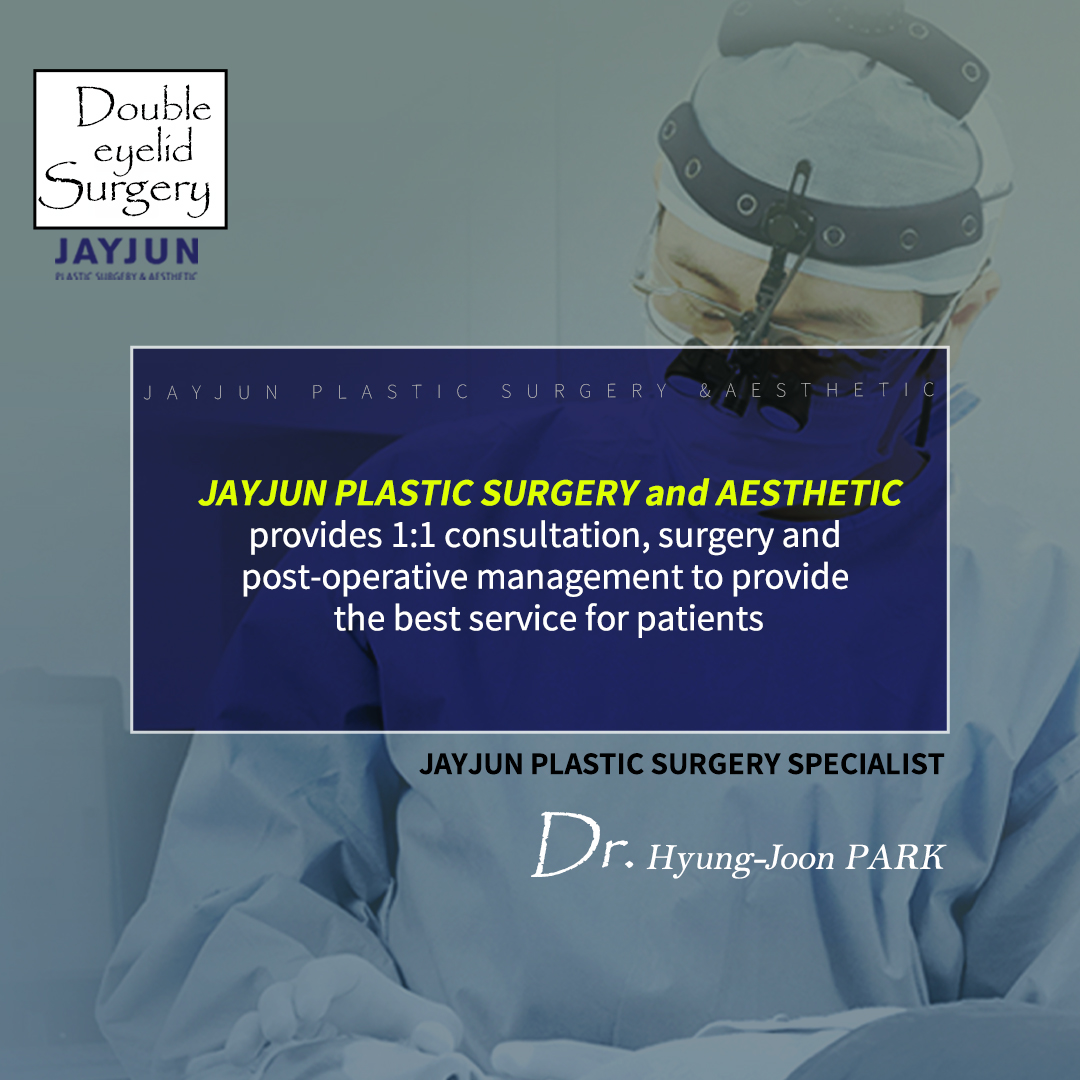If you are curious about the swelling period of double eyelid surgery(#Doubleeyelidoperations #doubleeyelidsurgery)
➤If you are curious about the swelling period of
double eyelid surgery
Recently, people’s strong understanding of double eyelid surgery is that double eyelid surgery is not a plastic surgery. This is why double eyelid surgery has become a common plastic surgery. No matter how the plastic cosmetic surgery is, people always want to know how long the swelling period after surgery is and when they can start daily activities. Therefore, for those who are curious about how long the swelling of double eyelid surgery lasts and when you can perform daily activities, this article will tell you the swelling period of #Doubleeyelidoperations.
By accurately diagnosing eye condition and eye shape, it is important to carefully determine whether to execute a in-line, out-line or in-outline to reduce the swelling period of the double eyelid surgery. This is because if you use a surgical method that is not suitable for you, or if you do not manage it properly after the surgery, not only will the swelling period of your double eyelids last for a long time, you may also feel inferior due to unsatisfactory surgical result.
Usually, the swelling of double eyelid surgery will gradually subside 1 to 2 weeks after surgery. The time for the double eyelid line to completely stabilize will depend on each person, but it usually takes about a month. At the same time, the duration of the swelling may vary depending on the method of double eyelid surgery.
The natural adhesion method causes adhesion by making a small hole on the double eyelid line and connecting the skin and the muscle levator palpebrae superioris. The investing method is to make 5 small holes in the skin of the upper eyelid along the double eyelid line, insert a thread thinner than the hair, and tie it continuously. With these two methods, the recovery period and swelling period are shorter because there is no incision. In particular, since there is no incision during surgery, tissue damage is minimized and scars are almost absent, so you can create natural eyes without anyone notice.
However, not everyone can use the natural adhesion method or investing method for double eyelid surgery. Since it is only possible if the eyelid is not thick and the degree of drooping is not large, people with thick and drooping eyelids should undergo surgery through an incision or a local incision.
The incision #doubleeyelidsurgery method is suitable for people with thick eyelid skin, excessive fat, or severe eyelid drooping. Or, if you don’t like the results of double eyelid surgery and need a reoperation, you can do it through incision method. Compared with the natural adhesion method or the investing method, the swelling period may be longer because the eyelid is cut to properly remove the loose skin, fat and muscle of the eyelid, and the eyelid and muscle are sutured. Most large swellings will disappear within a week after the operation, but it will take about 3 to 6 months for small swellings to disappear before your eyes look as natural as your original eyes. It may seem burdensome after the first operation, but when the swelling subsides and the recovery period has passed, the double eyelid lines will become more natural, and the eye shape can be improved, so many people like the incision method.
If the incision method is troublesome, you can use the non-incision investing method and partial incision method that can make up the shortcomings of the incision method to improve the eyes. This is a surgical method that removes unnecessary fat and muscle tissue by designing a double eyelid line and making a small incision. Because it removes the fat and muscle of the eye through the smallest incision, it is less likely to loosen compared to the investing method, and the recovery time is shorter due to the short operation time and less swelling.
However, although double eyelid surgery methods affect the swelling period and recovery period after the operation, everyone's eye shape, skin thickness and facial image are different. Therefore, it is also important to have a surgeon with good sense of beauty to perform the surgery and have proper postoperative management.
A little attention in daily life can shorten the swelling time after #Doubleeyelidoperations. Do not do anything that irritates the surgical site after the operation, avoid excessive exercise, and you can take walks to help reduce swelling. In addition, it is recommended to avoid sauna, drinking and smoking within one month after surgery, and remember to wear contact lenses only 2-4 weeks after surgery.
If you collect detailed information, fully consult with medical staff and determine whether the postoperative management plan is effective in advance, you can shorten the swelling period of double eyelid surgery.
In addition, no matter how beautiful the double eyelid line is, if it does not suit you, it is difficult to say that it is a good result of the operation. Therefore, I think that rather than following the trend, we should seek out a suitable design through thorough consultation, and obtain satisfactory results through suitable surgical methods.






Comments
Post a Comment